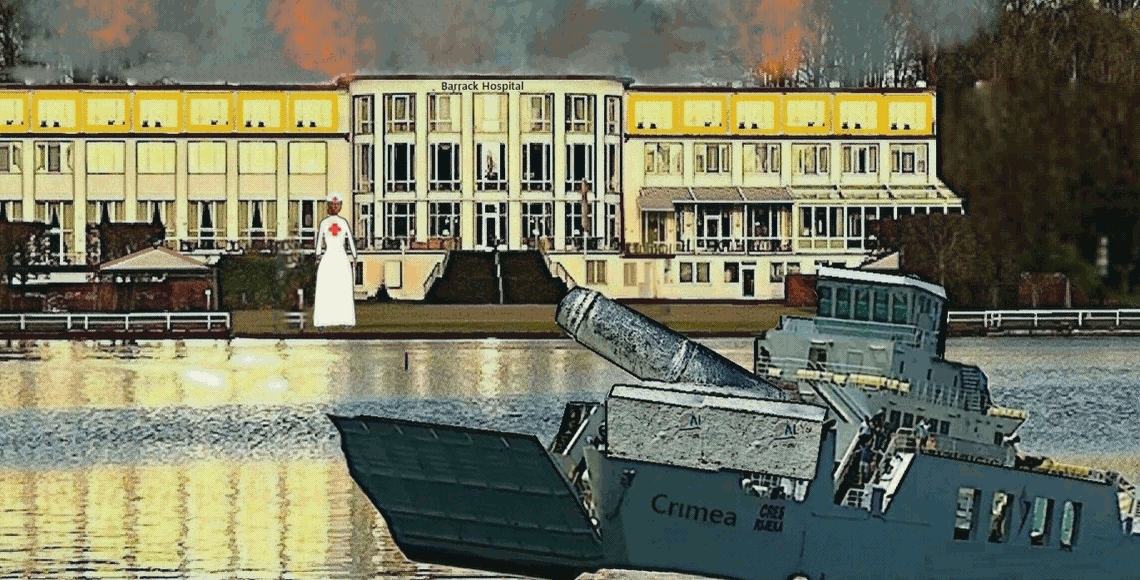
I like to think I choose my heroes judiciously. There aren't that many, but one of them is definitely Florence Nightingale. As we listen to news reports today about hospitals all over the world strained to the limits by the surge in COVID cases, I think of Florence Nightingale. Few people realize the great role she played in making hospitals places that heal, instead of places that kill.
When I saw @shaka's picture this week, Barrack Hospital in the Bosporus came to mind. This is where Florence Nightingale risked her life to save others.
The Template Image by @shaka
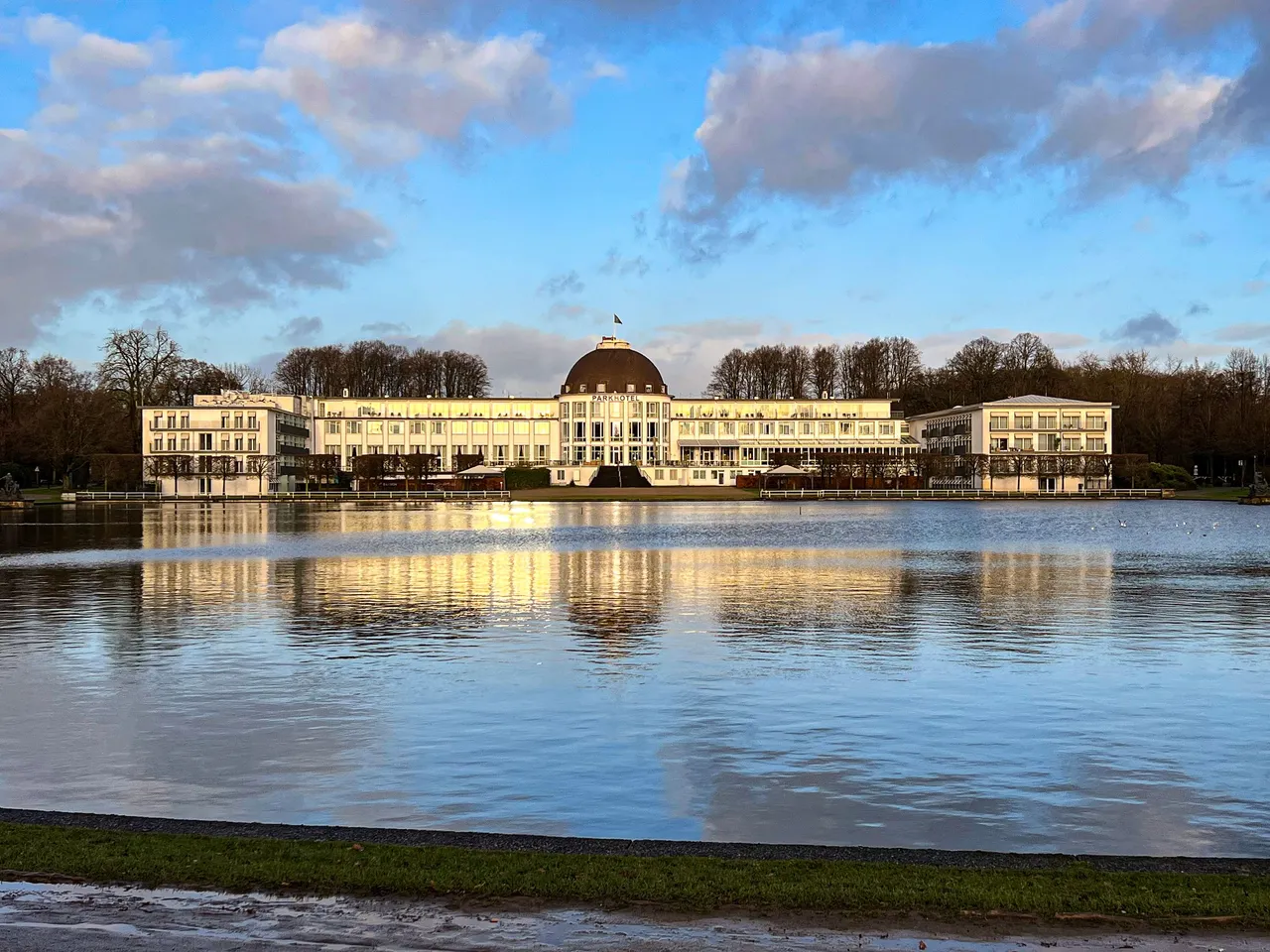
Look at the picture of Barrack Hospital (below) and see for yourself the similarity to @shaka's photo.
Barrack Hospital, Istanbul Bosphorus
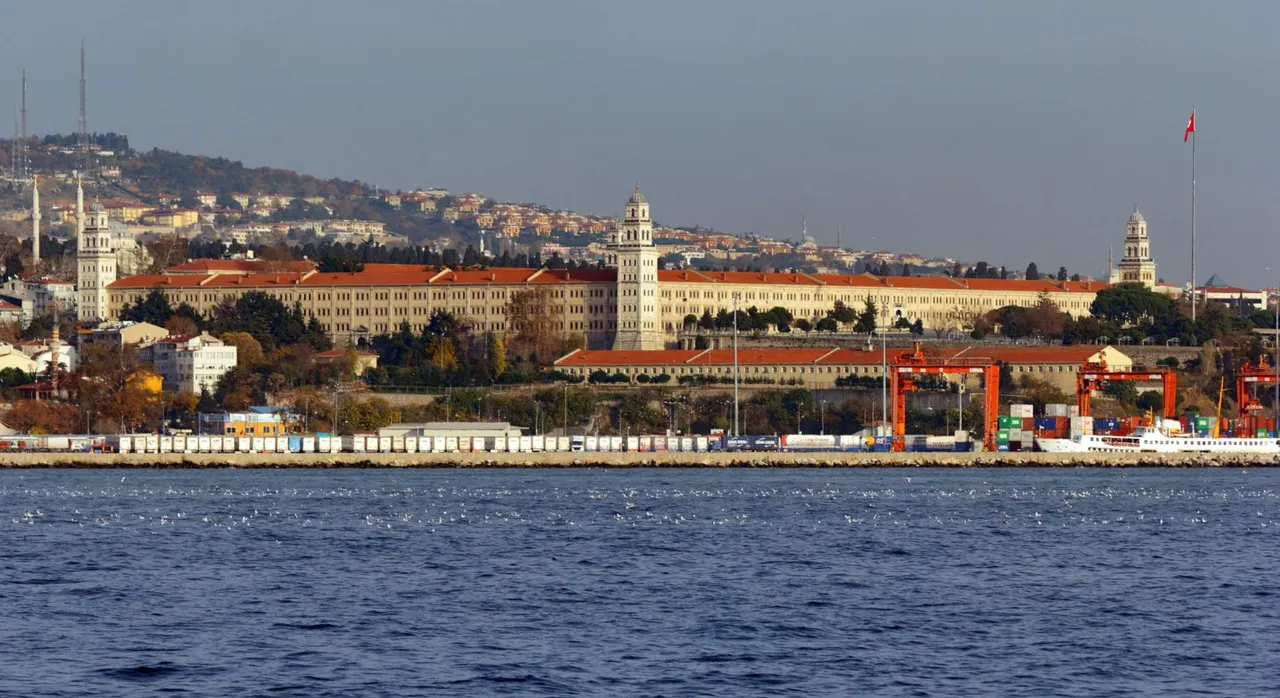
Image credit: Rodrigo.Argenton Talk Contribs Wikimedia Commons. Used under CC 3.0 License
I'll talk more about my collage later, but it should be said right away that Florence Nightingale did not wear a white nurse uniform. There was no such thing. There was no true profession of nursing before this remarkable woman set standards for the profession.
Florence Nightingale and Nurses at St. Thomas Hospital
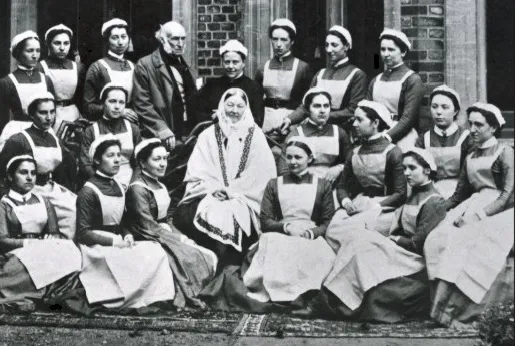
Image credit: FormerBBC. Used under CC 4.0 license.
Florence Nightingale became a national hero in England when she traveled to the Bosporus to save soldiers' lives during the Crimean War (1853-1856). In the first so-called 'modern war' (because of the massive, efficient weaponry used), soldiers were dying more often from illness than from wounds. They were dying in great numbers from diseases such as typhoid, cholera, typhus and dysentery.
Florence Nightingale Receiving Soldiers at Barrack Hospital
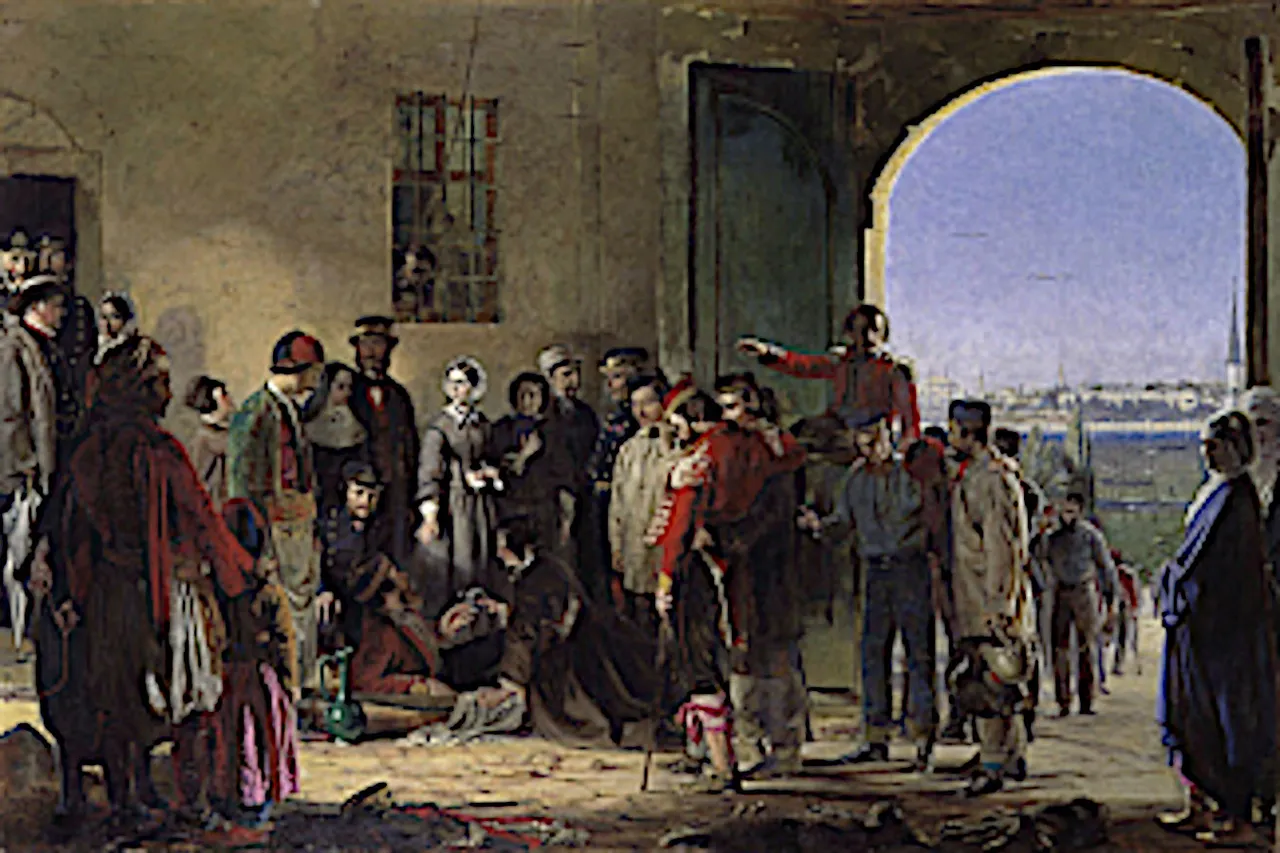
Jerry Barrett. Public domain
Florence Nightingale put an end to the rampant spread of disease by using soap, good nutrition and open windows. As was true of many in the medical profession at the time, she believed in the 'miasma theory'--that bad air was the cause of disease. She did not know anything about germ theory. Her contemporaries in the 19th century were still working out the process by which disease was spread.
Among the names we would recognize as those who made breakthroughs in the understanding of microorganisms (germs!) are Pasteur, Lister and Koch. Though Florence Nightingale did not have the benefit of their discoveries when she was at Barrack Hospital, she did believe that illness was spread by filth and poor ventilation. When Florence arrived at Barrack Hospital the mortality rate was 40%. When she left, it was 2%.
Battle of Sinop,1853
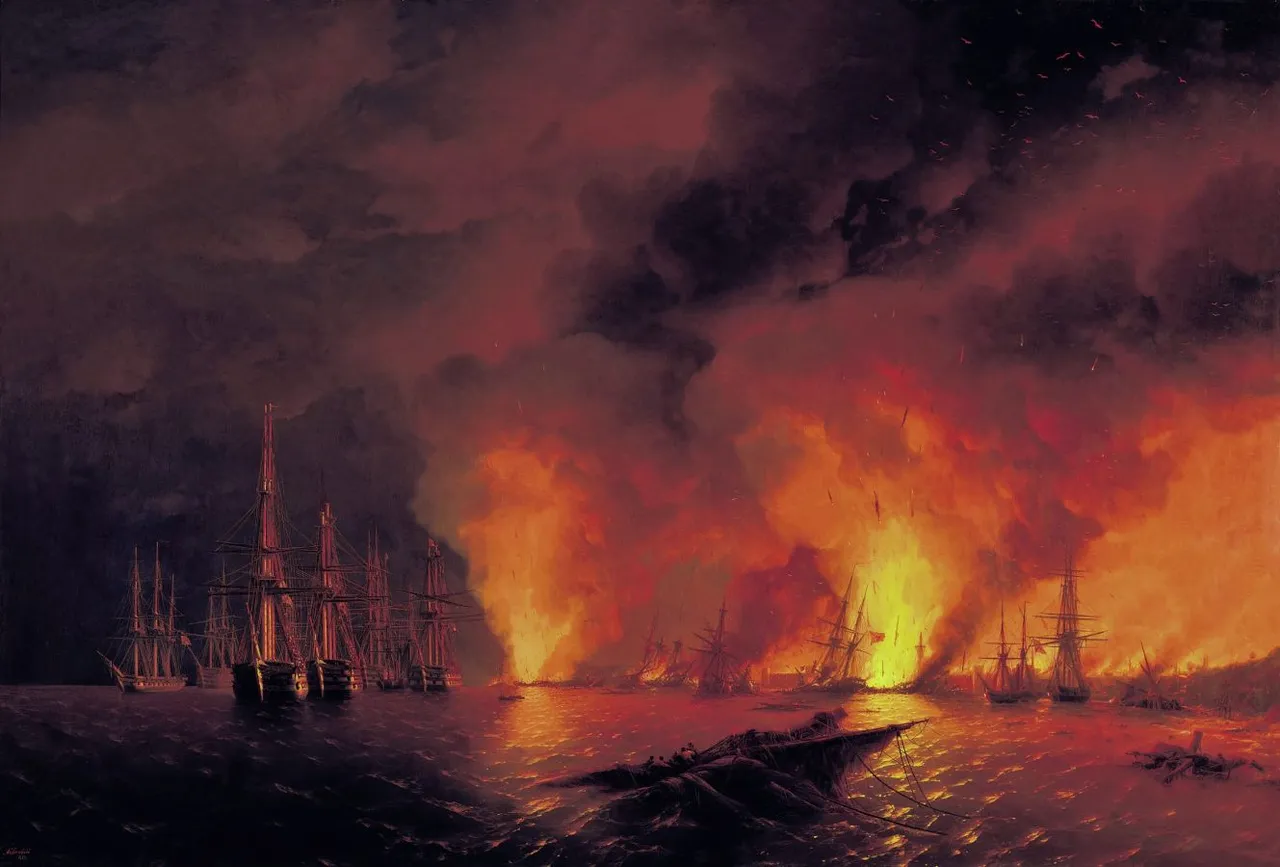
Image credit: Ivan Ayvososky. Public domain
Upon her return to England, Florence Nightingale was lauded by the country and Queen Victoria. Granted a large monetary award, Nightingale took the money and founded the first professional nursing school (in the world) at St. Thomas Hospital.
While at Barrack Hospital, she had become very ill, it is believed with brucellosis, which was known as Crimean fever at the time. After her return from the Bosporus, Nightingale lived essentially as an invalid. This however, did not prevent her from contributing to the advancement of health in England, and throughout the world. Soon her nursing standards were adopted by other countries and nursing became a respected profession internationally.
Mortality Chart, Showing Causes of Death Among Soldiers
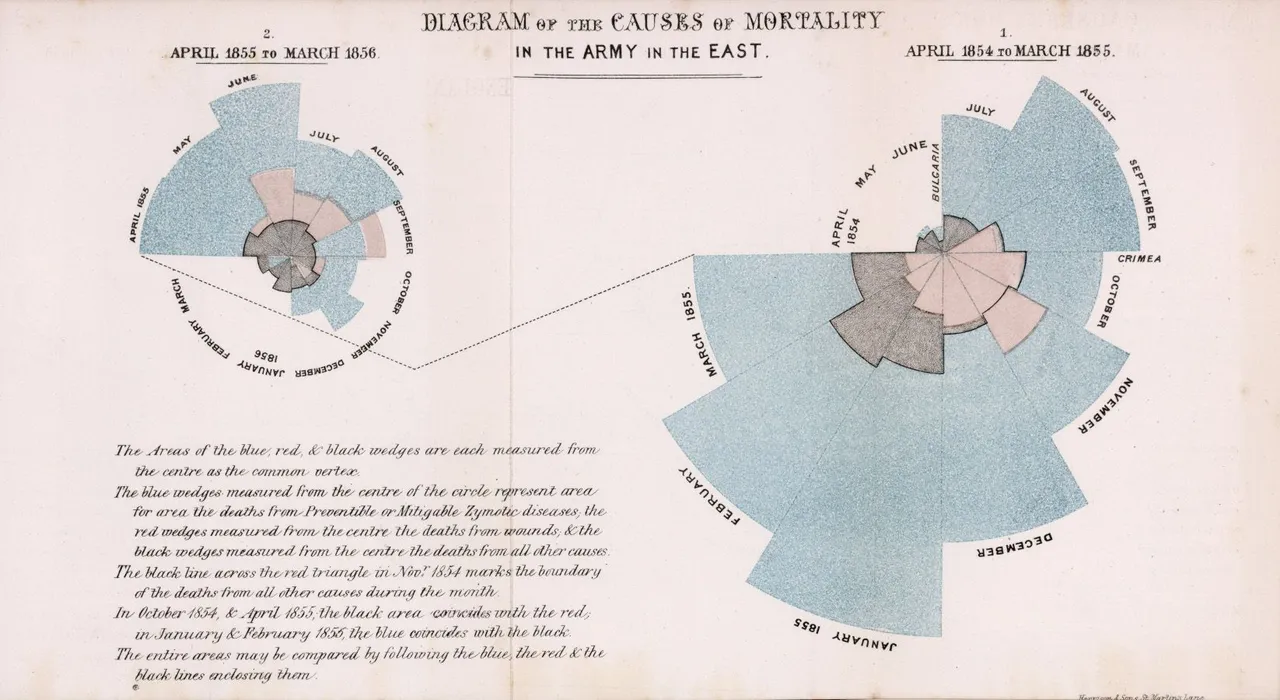
Image Credit: Florence Nightingale. Public domain
Because Florence Nightingale was a statistician, she was able to support her theories with data. She showed how improvements in quality of care yielded improvements in outcomes. She pushed through reforms in military and civilian hospitals. She did advisory work on architecture in Portuguese, Canadian, Welch and U. S. hospitals. Her modifications included consideration of light, ventilation, color, space, diet and cleanlinesss.
By 1882 Florence Nightingale had accepted the fact that disease was spread by 'germs'. A telling quote from her writings that year (excerpt from The Florence Nightingale Museum): always have chlorinated soda for nurses to wash their hands, especially after dressing or handling a suspicious case. It may destroy germs at the expense of the cuticle, but if it takes off the cuticle, it must be bad for the germs.
When people think of Florence Nightingale today, they usually think of a soft, kind, gentle woman. She was kind and gentle, with patients. But there was nothing soft about her. She was brilliant and hard as nails in her devotion to one cause: improving healthcare for everyone, and saving lives.
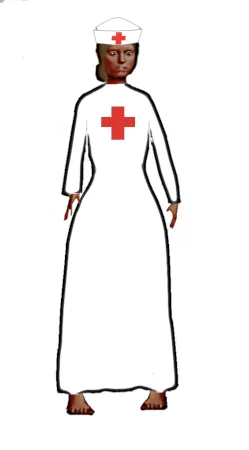
I needed a nurse. There was no picture available in LIL and I didn't have one. So I turned to a program that had been suggested to me by @quantumg called Make Human. Here's what I started with.

From there I (laboriously) gave (drew) the figure a face, a dress and a hat. Eventually I added shoes (not shown above), which were available on LIL (I had contributed them some time ago).
Once I had my nurse, I needed a cannon. Thank you @lunaturqueza, and a very large ship. Thank you @seckorama.
I had to modify the building in shaka's template, position the elements, and create the illusion of smoke and fire. I used Paint, Make Human, Paint3D, Gimp, and at an intermediate stage, a filter from Lunapic. The frames for the GIF were made with GIMP.
I hope you liked my little excursion into history. Introducing people to Florence Nightingale is always a pleasure.
LMAC is a collage contest, but I never compete. Each week I try my hand at being creative and I try to write an interesting blog. This is great fun and an opportunity for personal and intellectual growth. We are a welcoming community. Join us. Rules for participation may be found here.
LIL is an offshoot of LMAC, but is not exclusive to the collage community. The LIL image gallery is open to anyone who blogs on Hive. And, anyone who blogs on Hive may contribute to the gallery. Procedures for contributing and borrowing may be found here. LIL is growing. Next week there will be a nurse image available for borrowing.
Thank you, @shaka for giving me the opportunity to have yet another blogging/art adventure. Thank you LMAC community for fostering a dynamic creative network. And thank you, readers of this blog, for following me to the end of my essay.
Health and peace to all.



